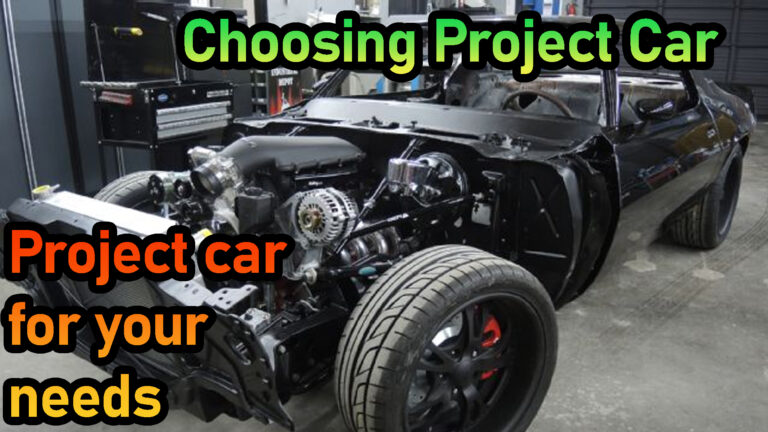Choosing a Car
The choice may not be a choice at all, but a default “to mod or not to mod” decision based on what vehicle you already own. However, if you’re shopping for a new car, or you can afford to buy a car just to mod, the process is perhaps more critical because you want to choose a car that’s appropriate for a particular use or set of uses. Part of choosing a car to modify — whether or not it is one that you already own — is identifying its uses and assigning percentages. The percentages don’t have to add up to 100 percent — the goal of this exercise is just to realistically identify the type of use your car generally sees. For example, if I own a car and I have aspirations of using it as a weekend track car, I might assign percentages as follows: Commuting to work: 100 percent Because this car is the only car available to me for getting to work, I assigned a value of 100 percent — if my car fails to take me to work, I won’t be able to get to work that day.
Weekend track use: 50 percent I anticipate using this car every other weekend for track use (alternate weekends I’ll go to the track in my friend’s car), so I assign 50 percent. Running errands: 30 percent Because my wife and I generally split running errands on the weekends between our two cars, and her car is the larger of the two, my car is
used on average maybe three out of ten times, hence the assignment of 30 percent. Client meetings/business: 15 percent My spouse’s use: 25 percent This exercise helps me prioritize whether I have chosen an appropriate car for the purpose for which I intend to use it. Now, assume that the car I am contemplating using is a 1999 BMW M3 with 25,000 miles. Realistically, I can expect it to take me to and from work, run errands, bring clients to and from business meetings and lunches, and still hold up to the rigors of steady track use.
I might want to keep my modifications to a minimum because the car is fairly stout even in stock condition. I also would likely want to make sure that the modifications to the car don’t change how presentable it is for business clients or void its warranty. My consumables costs (primarily brakes and
tires) might be on the high side, but the car should do well in its intended roles as outlined with little fuss.
On the other hand, say that the car I have in mind is a 1995 Volkswagen Jetta with 145,000 miles. Arguably, the car is already fairly marginal for its intended role taking me to work every day, and even more so as an appropriate vehicle for transporting business clients. It would require a larger financial outlay relative to its value to make it a track-appropriate car, and the rigors of track use every other weekend would most certainly compromise its daily functionality.
I wouldn’t have a warranty to worry about, and my consumables costs might be a bit lower than for the late model BMW, but clearly the VW would require a substantial investment to make it serve its intended functions. Even then, the specter of losing my job if the car failed to take me to work would make this an unwise choice for further modification in its intended role.
Planning ahead is a critical and often overlooked aspect of car modification. Some people can keep different cars for each of the different roles those cars play in their lives: something for running errands, something for work, and something for just having fun. Most people have one car in their households that must do each of these tasks with minimal impact on its other roles.
For example, if the BMW M3, which is well-suited for many of the roles in my life, were to have the percentages shifted around a bit — for example, if nearly every day (100 percent of the time) I needed the car for taking clients around, and I only went to the track one in ten weekends (10 percent) — it would be foolish of me to install a roll bar and gut the car’s interior to make it better suited for track usage. This may seem obvious, but it is alarming how many novices (myself included!)
have made profoundly misguided decisions about how they intend to use their cars, and what does or does not constitute an appropriate modification, until after the fact. Going through the exercise of assigning percentages to the intended use of the car beforehand can save you a lot of grief, money, and labor that could otherwise have easily been avoided with a bit of planning.










